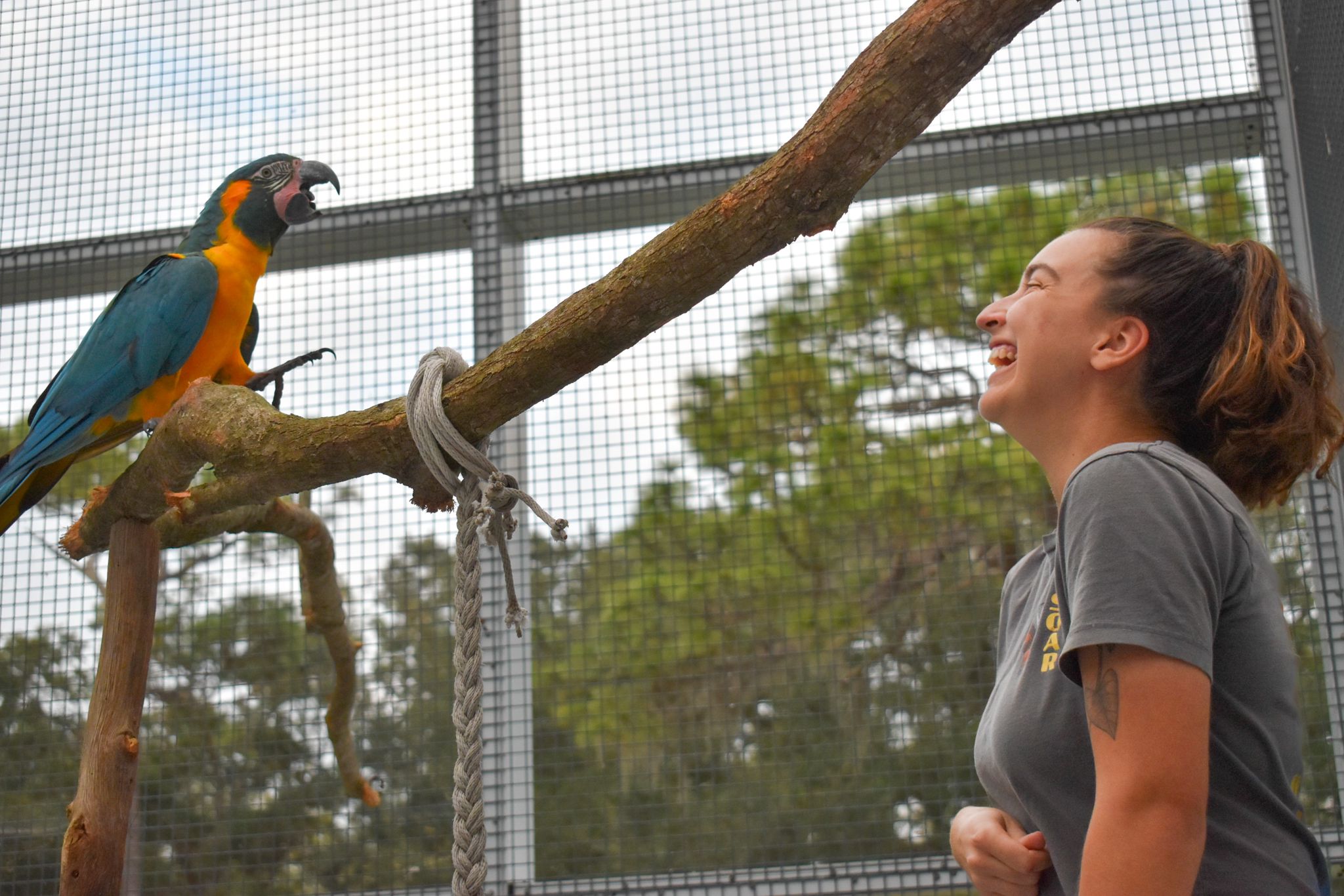- Superstitions and Their Origins
- The Psychology Behind Superstitious Behaviors
- Examples of Superstitious Behaviors in Animals
- The Role of Accidental Reinforcement
- Practical Applications in Animal Training
Superstitions have been part of human culture for centuries. They often stem from old beliefs, fears, or even coincidences. Many people view particular days or events as unlucky, with Friday the 13th being one of the most notable. However, the discussions around superstitions go beyond mere anecdotes and engage with psychological principles and behavioral science.
The psychology behind superstitious behaviors is complex. Humans and animals alike rely on patterns. When an action is accidentally reinforced, it can create a cycle of repeated behavior. This phenomenon is particularly interesting in animal training, where individuals may engage in behaviors that are seemingly unrelated to the task at hand. For instance, a dog might sit or perform a jump simply because it was rewarded in a particular sequence that involved these actions.
Animal trainers often notice various unusual behaviors. In the wild, animals may develop superstitious habits in response to their environment. A bird might avoid certain areas because it associates them with a past negative event, even if that event was entirely coincidental. Understanding these behaviors helps trainers work more effectively with their animals. Such insights reveal the importance of consistency in reinforcement and the need for trainers to be aware of unintended behaviors that may arise.
Accidental reinforcement can produce fascinating behavioral patterns. A dog that twists before receiving a treat might not do so consciously related to the treat but rather because it learned that some actions led to positive outcomes. This can lead to complex chains of behavior that, while initially unplanned, are nonetheless significant in shaping how animals interact with their environment.
In animal training, practitioners often emphasize the importance of deliberately shaping behaviors. Using precise reinforcers is key to helping animals learn functional skills. While serendipitous reinforcement can lead to unexpected outcomes, a focused approach generally yields more reliable results. Identifying and understanding superstitious behaviors can be beneficial not only for improving training methods but also for enhancing the welfare of the animals involved.
Animal trainers frequently encounter fascinating behaviors that arise from these principles. For example, an elephant may learn to raise its trunk every time it hears the sound of a whistle, developing a connection that isn’t genuinely intrinsic to the task itself. Cues can become associated with specific actions, driving behaviors that may seem eccentric but are grounded in the animal’s learning history.
Moreover, it’s essential to provide animals with mental stimulation and opportunities to explore their surroundings without enforced restrictions. This approach allows trainers and caretakers to see variations in behaviors that might enrich training sessions. Sometimes, playful interactions can lead to behaviors that enhance the training experience.
An illustrative case involves dolphins. These intelligent creatures often develop peculiar habits when receiving rewards. A trainer might perform a signal, and the dolphin may respond with a series of flips or spins. Over time, the dolphin interprets these movements as integral to receiving a reward, although they might not have a direct connection to the initial command. This evolution of behavior highlights how quickly animals can learn and adapt based on their experiences.
Understanding superstitious behaviors in animals can improve our interaction with them and aid in their training and care. Identifying how and why specific behaviors arise allows for more informed strategies that promote engagement and cooperation in animals. Knowing what may trigger a behavior means that trainers can adapt their methods for more effective outcomes.
Behavioral science informs both animal training and wildlife conservation strategies. For example, when rehabilitating animals, caretakers must recognize the potential for superstitious behaviors to develop as the animal adapts to captivity or rehabilitation settings. This care includes minimizing unintentionally reinforcing behaviors that could complicate their learning process.
In the context of wildlife conservation, understanding superstitious behaviors can also contribute to better human-wildlife interactions. People may inadvertently reinforce certain behaviors in wild animal populations. It’s crucial to consider how human activities impact these behaviors and develop strategies that minimize negative reinforcement in the wild.
Furthermore, recognizing the roots of superstitions provides insight into human behavior as well. For example, many people avoid certain activities on Friday the 13th, such as traveling or making significant decisions, purely based on superstition. This avoidance often stems from a fear of the unknown rather than any empirical evidence of danger associated with that day.
In animal training, this translates into a need for clarity and transparency in training actions. Trainers must communicate effectively with their animals, reducing confusion and minimizing the potential for the development of erroneous associations. Just as humans build connections between days and luck, animals form connections between their actions and the responses they elicit.
The intricate balance between reinforcement and behavior is central to both animal training and our understanding of common superstitions. Recognizing the patterns of behavior in animals mirrors the ways in which humans relate to their own beliefs and practices. This interconnectedness reflects broader principles in behavioral science, revealing insights into learning mechanisms that apply across species.
Each animal’s history and environment inform the behaviors they exhibit. For instance, a parrot influenced by frequent interactions with humans may adopt slightly quirky habits, like mimicking specific sounds associated with certain activities. When trainers acknowledge this influence, they can collaborate with animals to enhance both training effectiveness and animal welfare.
Accidental reinforcement can also lead to unexpected behaviors that trainers might find amusing. A dog may learn that rolling over earns cuddles, even if the original command was simply "sit." Such quirky behaviors can enrich training sessions and deepen the bond between the animal and its trainer. This serves as a reminder of the creativity involved in animal training and the surprising ways in which animals can adapt.
The task of fostering healthy trainer-animal relationships hinges on understanding the nuances of each animal’s learning journey. This perspective highlights the importance of evaluating each behavior in context. Some engaging behaviors may not serve any functional purpose in training but can enhance the animal’s quality of life.
This dynamic interplay calls for an engaged approach to animal training that integrates behavioral principles with compassionate practices. By focusing on how animals learn, trainers can empower them, using negative reinforcement sparingly and concentrating instead on positive approaches.
Today’s awareness of animal behaviors leads to improved training practices grounded in respect. In essence, the study of superstitious behaviors and accidental reinforcement is vital for animal care, training, and overall well-being.
The conversation around superstitions is not limited to myth and legend. It opens up pathways for understanding how both humans and animals connect to their environments through learned behaviors. By fostering a deeper comprehension of these behaviors in animals, we enrich their lives and, in turn, our interactions with them. These insights encourage a collaborative environment where both trainers and animals thrive, leading to innovative training practices and deeper bonds.
The exploration of superstitious behaviors unveils a landscape rich with learning opportunities. Each interaction between trainer and animal becomes a chance to develop understanding and foster positive reinforcement. As we continue to explore this combination of science and empathy, we elevate the dialogue surrounding animal training and welfare to new heights.
*****
Source Description
🖤 It’s Friday the 13th—let’s talk about superstitious behaviors!
In the world of training, a superstitious behavior is the behavior that results from accidental reinforcement of an action so that the organism continues to repeat it. For example, a rat that turned in a circle before hitting a bar and obtaining food might continue turning in a circle before each bar press.
But the word ‘accidental’ suggests this is the learner’s mistake. Expert Trainers take responsibility for their learners’ actions. Our animals repeat what has worked before, so being precise with reinforcers is key! Of course, sometimes those “oops” moments lead to surprisingly creative behaviors we decide to continue reinforce in the future. That’s the beauty of blending science with art.
🧠👀 What are some funny or unexpected “superstitious” behaviors you’ve reinforced in your animals? Share your stories in the comments below!


